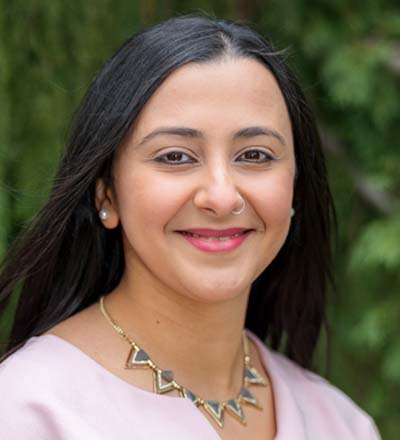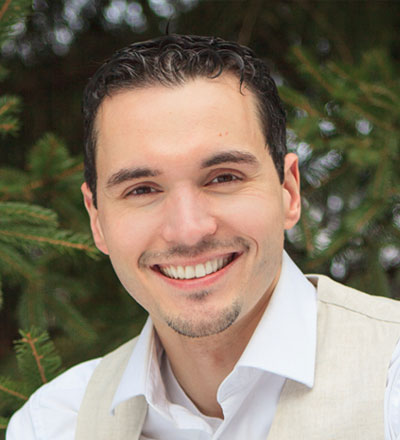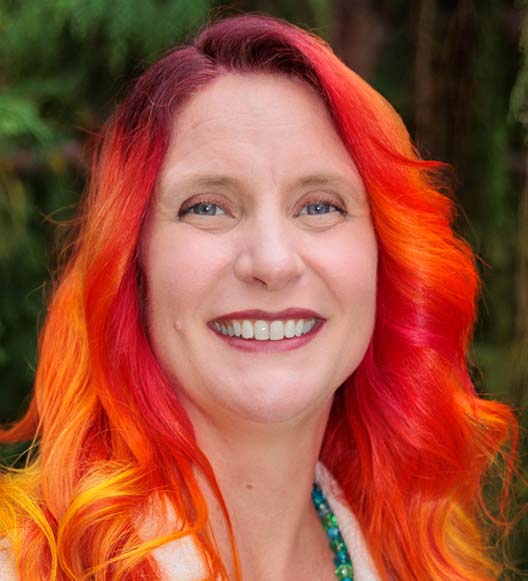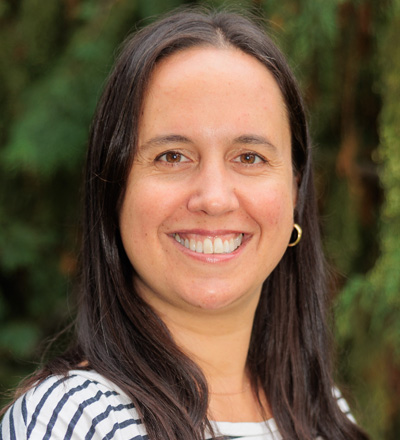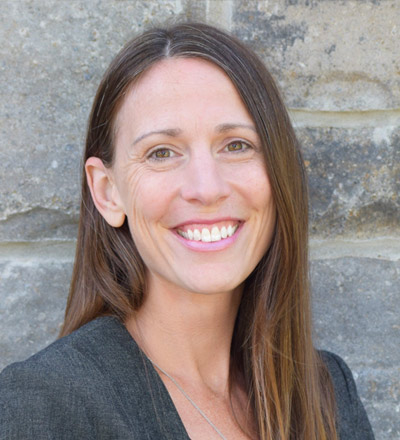Raquel Meneses, RSW #856500 is a Registered Social Worker at MyLife Counselling in Guelph. She works with youth, adults, couples and families through relationships, student issues, life transitions, behavioural issues, anxiety, autism, emotional regulation, and family issues. Learn more about Raquel here.
On Being Nice: A Guide to Friendships and Connections for the Young Ones
Friendship in childhood is beautiful, unpredictable, and at times, incredibly confusing. At ages six to eight, children begin learning what it means to be part of a social world. They start to discover how to share, how to take turns, how to say, “I am sorry” and mean it, and how to invite others into their space. They begin to navigate early feelings of belonging and exclusion, and for the first time, they start forming friendships based on mutual interests and emotional connection.
As a therapist, I often support children and families in building healthy relationship skills—and something I hear often is the phrase “just be nice.” While that advice is well-meaning, it can also be vague for young children. What does it really mean to “be nice”? Is it quiet and obedient? Is it always saying “yes”? Or can it be something deeper rooted in empathy, confidence, and choice?
This blog is for adults helping children learn how to build friendships in emotionally safe ways. Whether you are a parent, teacher, caregiver, or school staff, you play a significant role in guiding children through the early social world. Below, you will find some reflections and tips that I hope will feel both practical and supportive.
-
Define What “Nice” Really Means
When we tell a child to “be nice,” they may interpret it in ways that limit their ability to express boundaries or navigate conflict. A helpful reframe is to define specific behaviors instead of relying on the word “nice.”
For example:
- “Being nice means treating others with respect.”
- “It means using kind words, even when you feel upset.”
- “It means making room for others to join in.”
- “It also means standing up for yourself kindly.”
By using clear, concrete language, you can help children understand that kindness is not about perfection or people-pleasing. It is about being respectful to others while still honoring yourself.
-
Use Stories to Model Kindness
Children learn a great deal through storytelling. Books, shows, and classroom read-aloud can provide powerful examples of empathy, cooperation, and repair. Some beautifully written picture books that explore these themes include:
- Have You Filled a Bucket Today? by Carol McCloud – teaches children how small acts of kindness build connection.
- The Invisible Boy by Trudy Ludwig – shows the impact of inclusion and empathy for a child who feels left out.
- A Sick Day for Amos McGee by Philip C. Stead – demonstrates gentle acts of care and reciprocity in friendship.
After reading, ask open-ended questions like, “How do you think she felt when she was not included?” or “What could he have done differently?” These questions invite children to reflect on emotions and perspective-taking—essential building blocks of emotional intelligence.
-
Model Conflict Repair
All friendships, even healthy ones, will include moments of disagreement, hurt, or miscommunication. Learning how to repair those moments is more important than avoiding them altogether.
For example, if two children argue during playtime, walk them through how to make amends:
- “Can you tell your friend what upset you using calm words?”
- “Is there something you can do to help them feel better?”
- “Do you want to offer an apology or a way to fix it?”
According to the Collaborative for Academic, Social, and Emotional Learning (CASEL), conflict resolution and emotional repair are core competencies that support long-term relationship health and emotional well-being. Helping children practice these skills early builds resilience and maturity.
-
Name and Celebrate Kind Moments
Children thrive on positive reinforcement. When you notice moments of kindness, curiosity, or inclusion, name them aloud. For example:
- “I saw you helped your friend when they dropped their crayons, which was very thoughtful.”
- “You let someone else go first in line, which shows care.”
- “You asked if someone wanted to play who was sitting alone—that was really inclusive.”
By drawing attention to these moments, children begin to internalize these behaviors as part of who they are—not just what they do to please adults. This encourages intrinsic motivation to be kind and thoughtful, even when no one is watching.
-
Talk About Boundaries as Part of Being Kind
An important nuance for parents and educators to keep in mind: being kind is different from being passive. Children should learn that they can be respectful and have limits.
You might say:
- “It is okay to say no if someone wants to play a game you do not like.”
- “You can walk away if someone is being mean to you.”
- “Telling a teacher is not tattling if someone is getting hurt.”
Teaching boundary-setting as part of social-emotional development empowers children to make choices that are both kind and safe. It also helps prevent the internalization of people-pleasing behaviors, which can be difficult to unlearn later in life.
-
Normalize Feelings of Exclusion or Social Frustration
Children in this age group will inevitably face moments of hurt feelings, someone not sharing, someone saying something unkind, or not getting invited to play. These experiences, while difficult, are also powerful learning moments.
Help your child’s name those feelings:
- “It sounds like you felt left out.”
- “That made you feel lonely, did it not?”
- “Were you upset because you wanted to be included?”
Emotion coaching like this helps children develop language for their experiences. As outlined in the Emotion Coaching framework by Dr. John Gottman, validating children’s feelings helps them regulate their emotions and build empathy for others.
-
Create Opportunities for Cooperative Play
In school or at home, children need structured chances to learn cooperation. This might be:
- Group art projects.
- Building something together with blocks or Lego
- Partner reading or paired outdoor games.
- Collaborative storytelling or puppet shows.
Cooperative activities allow children to practice turn-taking, leadership, compromise, and problem-solving—all while enjoying the process of connection. In these moments, children often naturally fall into social roles that help them better understand their strengths and challenges in group dynamics.
-
Be a Mirror
The adults around children are their first social-emotional teachers. If you model kindness, authenticity, and emotional regulation, children will learn by observing you.
This includes:
- Using calm tones when frustrated
- Apologizing when you make a mistake.
- Demonstrating patience during difficult conversations
- Speaking kindly about others, even when you disagree
Children watch everything—how you speak to a server, how you greet your neighbors, how you respond when someone cuts you off in traffic. Your everyday choices create a template for how they will treat others.
Final Thoughts
At ages six to eight, children are building the early blueprints of who they are in relationship to others. They are learning what it means to care, to be cared for, and to sometimes feel hurt or left out. Teaching them to “be nice” is not about enforcing constant politeness. It is about creating an environment where they can express themselves, understand others, and grow through social experiences with support and reflection.
As parents and educators, you are the guideposts in that journey. Keep showing up with patience. Keep inviting hard conversations. Keep celebrating kindness, and do not forget to model it yourself. The way you nurture friendships now will echo into the way children relate, love, and connect for years to come.
Raquel Meneses, RSW #856500 is a Registered Social Worker at MyLife Counselling in Guelph. She works with youth, adults, couples and families through relationships, student issues, life transitions, behavioural issues, anxiety, autism, emotional regulation, and family issues. Learn more about Raquel here.
